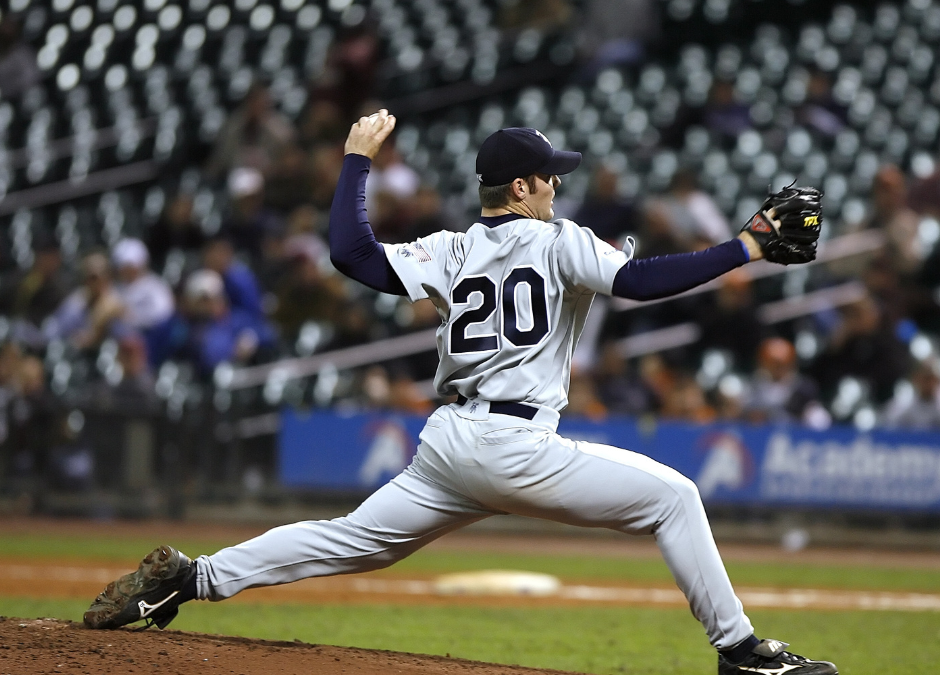It’s common for athletes in overhead sports like swimming, tennis, volleyball, baseball, softball, golf, and track and field to experience shoulder and elbow pain or injuries. However, the root of the problem often extends beyond the arm itself. For many, these arm injuries stem from poor coordination and weakness in structures closer to the body, such as the shoulder blade, spine, pelvis, and hips.
The Importance of Your Mid-Back (Thoracic Spine)
Your mid-back (thoracic spine) is crucial because it connects your neck and lower back. It also influences how your shoulder blade moves, which directly impacts your shoulder’s ability to move. By taking care of your thoracic spine, you’re essentially helping your neck, lower back, and shoulders all at once.
As athletes in overhead sports hone their skills, their arm movements become incredibly precise, involving a unique reach position followed by rapid acceleration. It’s not just about arm coordination, though; the forces generated from their feet, through their core and pelvis, must seamlessly transfer to their hand. This complex and explosive sequence of movements is what ultimately puts overhead athletes at risk of injury
Let’s break down the anatomy of the shoulder complex and the thoracic spine’s role in the overall health of these specific athletes…
Your Shoulder: A Team Effort
Your shoulder isn’t just one joint; it’s a complex system designed for movement.
- Glenohumeral Joint: This is your main shoulder joint, connecting your upper arm bone (humerus) to your shoulder blade (scapula). Think of it as the ball-and-socket that gives your arm its wide range of motion.
- Scapula Movement: Your shoulder blade (scapula) doesn’t just sit there; it glides along your rib cage, providing a stable base for all your arm movements.
- AC Joint: Your collarbone (clavicle) meets your shoulder blade (scapula) here, at the acromioclavicular (AC) joint.
- SC Joint: Your collarbone (clavicle) also connects to your breastbone (sternum) at the sternoclavicular (SC) joint.
All these joints need to work together smoothly for efficient arm movement.
The Body’s Influence on Arm Mechanics
For powerful and precise arm movements, like throwing, the forces don’t just come from your arm. They start from the ground up!
- Every time your foot hits or leaves the ground, that force travels up through your body.
- You need good balance, sufficient hip range of motion, strong core control, and the ability to rotate your mid-back (thoracic spine).
These elements work together to properly position your arm for a fast and accurate throw or movement.
When Your Body Holds You Back
When an athlete’s body isn’t moving as efficiently as it should, you can expect a few common problems:
- Decreased Performance: This might show up as a drop in throwing velocity, pitching accuracy, or swinging speed.
- Pain: Athletes often experience low back pain or tendonitis (inflammation of tendons) in their shoulder, elbow, and wrist.
- Injuries: More serious issues can arise, like sprains and strains, rotator cuff weakness and tears, and even other orthopedic injuries that might require surgery.
Essentially, when the body isn’t quite right, it can lead to less effective play and a higher risk of getting hurt.
While these symptoms are common among athletes, they are not normal and should be addressed by a qualified healthcare provider. If this sounds like you, schedule a consultation with our Compete Sports Performance and Rehab team here.

